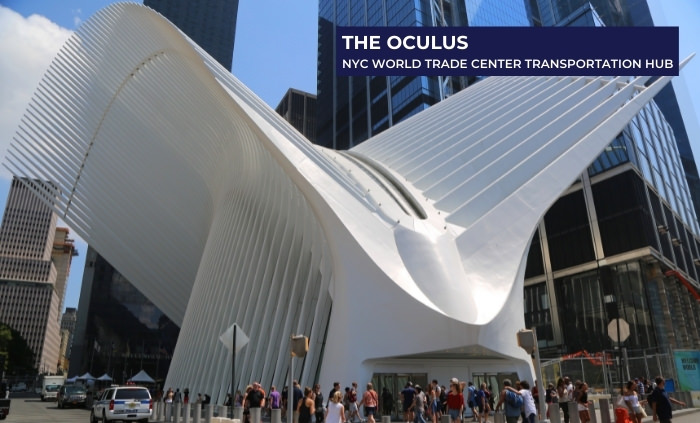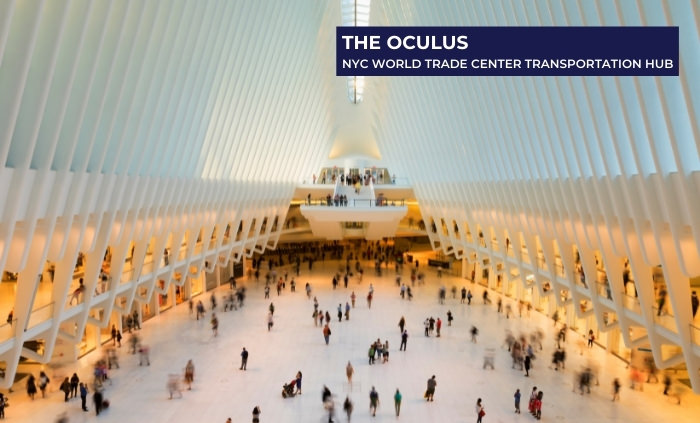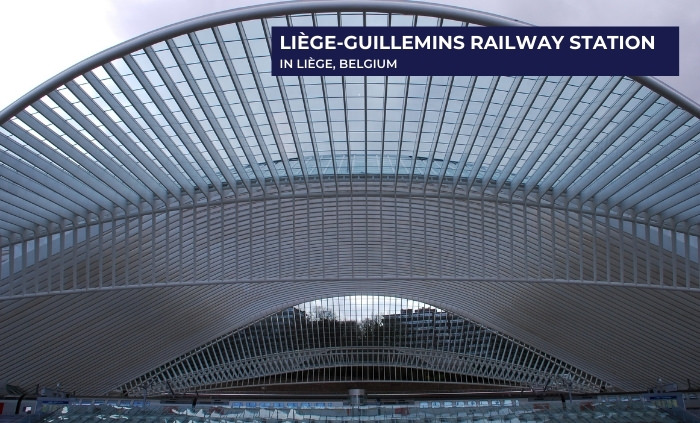Having received his degree, Calatrava continued his formal education abroad in structural engineering at the Swiss Federal Institute of Technology in Zürich, Switzerland, and the famous architect would continue living in Zürich and eventually also in New York City to this day. Still, some of Calatrava’s most iconic structures are scattered across Spain.
In fact, one of the architect’s most iconic buildings called The City of Arts and Sciences is located in Calatrava’s birthplace - Valencia.
An interesting fact about the building is that it is situated in the place where the riverbed of the river Turia once was. The river was drained and redirected because it caused a catastrophic flood in 1957, but the riverbed was transformed into a beautiful park. For this reason, Calatrava designed the building to resemble an aquatic animal emerging from the water.

The City of Arts and Sciences building is one of the 12 Treasures of Spain, so it’s a must-see for tourists. Besides, it’s just a fun place to visit because it houses an interactive museum, an educational science center, and an oceanographic center.
The building is a great example of the architect’s works blending impeccable and creative engineering solutions with ethereal yet dramatic shapes and animalistic elements.
The Alamillo Bridge is another landmark achievement by Calatrava that’s located in Spain. Completed in 1992, the bridge is an earlier work by the architect, and one that earned him international acclaim. At first glance, the bridge looks like a string instrument. Critics of the time may have called the 142-meter (466 ft) pylon and the dozen of cables that span from it inefficient at the time, but the dramatic imagery it creates made it into an architectural icon.
The success of the Alamillo Bridge cemented Calatrava as the expert of bridge design, and the architect would end up building dozens of beautiful bridges all across Europe and the United States.
One notable characteristic of Calatrava’s masterpieces, be it a museum, a bridge, or a stadium, is movement. The organic shapes of his buildings make it easy for viewers to envision the building flapping its wings, diving into the water, or dancing.
The architect’s more novel works, such as the Turning Torso tower in Sweden, the Milwaukee Art Museum, and the Oculus all showcase these features beautifully. The latter is located in New York City, and it’s also known as The World Trade Center Transportation Hub.
The dramatic and futuristic winged structure resembling a white dove seems as if it’s about to fly off into the sky. With its spacious hall, the interior of the building is just as impressive and ethereal as the exterior. Needless to say, it’s one of the architect’s most recognized and iconic projects.
Calatrava’s peak achievement in developing the idea of movement is The Quadracci Pavilion of the Milwaukee Art Museum. The Pavilion was completed in 2001, and it is affectionately known as “The Calatrava.”
Like The Oculus, the museum pavilion features dramatic wings with a wingspan of 66 meters (217 ft) that actually move throughout the day. The wings were constructed as a shading system, and they can even fold to protect the building from extreme weather conditions.
With each new work, Calatrava, now age 69, surprises and expands our understanding of what architecture is and how beauty is an essential part of every aspect of our lives. As the architect famously said, “I have tried to get close to the frontier between architecture and sculpture and to understand architecture as an art.”
Still, the literal and metaphorical peak of the architect’s genius is still in the future because Calatrava’s current project is the Dubai Creek Tower.
Dubai Creek Tower in Dubai, United Arab Emirates Image Source:
Reddit
The tower will be completed in 2022, and it may become the tallest building in the world. The exact height of the building is still unknown, but it is said to become taller than the Burj Khalifa, the current record-holder that’s also located in Dubai. Equipped with 10 observation decks, the supported tower will be open to visitors, so it’s sure to become a major landmark in the city, and probably the entire world.
Bonus Video - an Interview with Santiago Calatrava
Share these beautiful buildings with family and friends!













